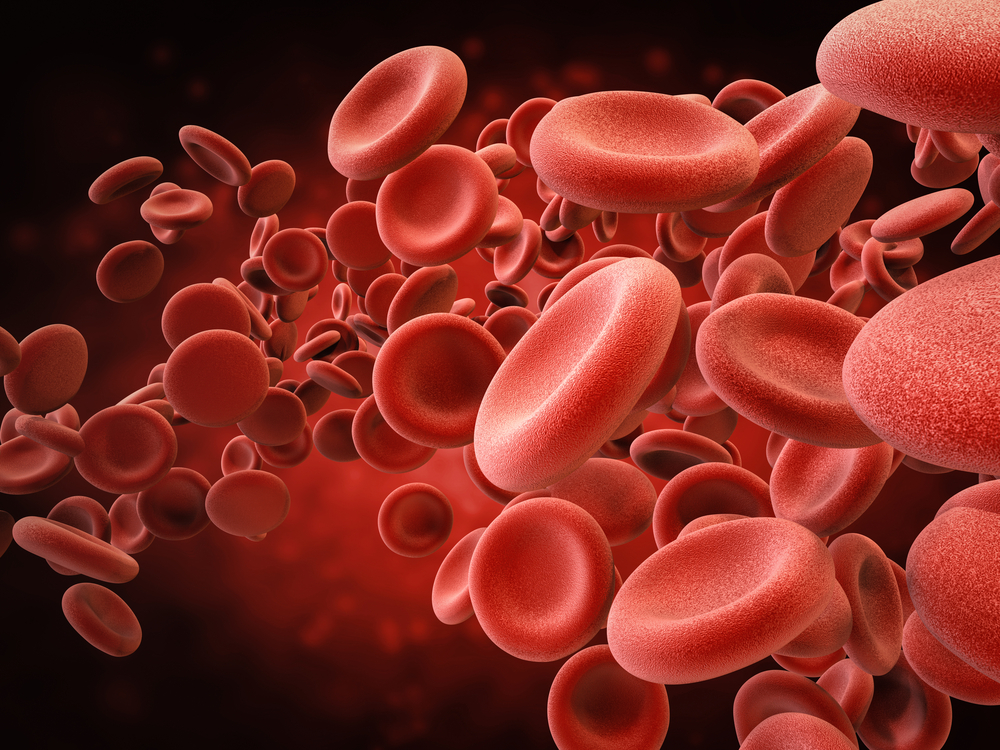Blood Cell Size May Help Predict Poor Granulomatosis with Polyangiitis Outcomes, Study Finds

Differences in red blood cell size may help predict how active a blood vessel condition called granulomatosis with polyangiitis will be, and whether patients are likely to have a poor outcome, a South Korean study suggests.
Granulomatosis with polyangiitis is a form of ANCA-associated vasculitis, or AAV.
The study, “Red Blood Cell Distribution Width Can Predict Vasculitis Activity and Poor Prognosis in Granulomatosis with Polyangiitis,” appeared in the Yonsei Medical Journal.
Researchers decided to evaluate whether red blood cell distribution width (RDW), which measures differences in the size of circulating red blood cells, can predict disease activity and poor outlook in AAV patients. The full scientific name for ANCA-associated vasculitis is antineutrophil cytoplasmic antibody-associated vasculitis.
The team reviewed the electronic medical records of 150 AAV patients. They assessed disease activity with the Birmingham vasculitis activity score (BVAS) or the BVAS scale for granulomatosis with polyangiitis (GPA). Severe GPA was defined as a BVAS score of 7 or higher.
Participants included 87 people with microscopic polyangiitis (MPA), 32 with granulomatosis with polyangiitis (GPA), and 31 with eosinophilic granulomatosis with polyangiitis (EGPA).
At diagnosis, the most common manifestation was in the kidneys (56%), followed by the lungs (50.7%), general manifestations (46%), and manifestations in the ear, nose, or throat (38.7%).
Patients had a median age of 58.8 years, and were followed for a median of 49.8 months — about four years. More than half (63.3%) achieved remission without relapse.
Overall, researchers found no correlation between RDW and disease activity, whether measured with BVAS or BVAS for GPA. But when patients were divided into disease subsets, the team found that RDW was significantly associated with the disease activity score of BVAS for GPA.
Also, RDW correlated with two disease outlook scores in GPA patients — the five factor score FFS (1996) and FFS (2009).
The findings suggested that RDW can predict vasculitis activity in patients with GPA. “We found that patients having RDW ≥15.4% and having no ear nose throat manifestation at diagnosis faced a significantly higher risk of refractory disease of GPA than those without these features during follow-up of at least more than 12 weeks,” the researchers wrote.
“We suggest that general physicians can use RDW of more than 15.4% as a predictor of high vascular activity and poor prognosis in patients with GPA,” the team concluded.





